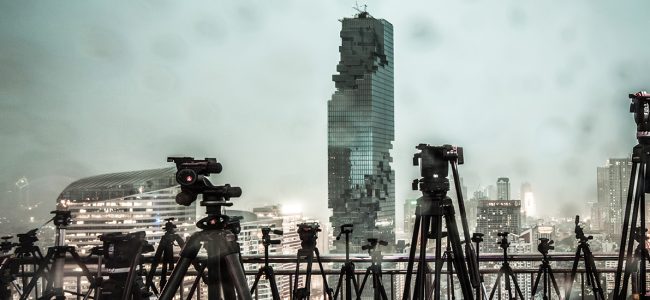
The future of architecture is in Asia, not in Europe. Asian cities are growing at a speed unknown to Europe. Because of this, new urban planning methods, or the lack of them, develop. The growth gives opportunity to innovative architects to manifest themselves. Over the last five years, young Asian architects are among the winners of the prestigious Architectural Review Emerging Architecture prizes. Increasingly interesting buildings with spectacular and innovative typologies are being realized.
Therefore, this year’s Bachelor studio will explore and examine real aspects of Bangkok, in terms of architectural and urban researches. Bangkok can be considered as an open architectural and urban laboratory for exploring new possibilities for generating architectural discourse. The confrontation between globalization and localization that manifests through real aspects of the city will be focused as a starting point. We will study different modes of space production in Bangkok as well as the way contemporary Thai architects relate and react to it.
Travel guidebooks and advertisements have always presented the stereotypical images of Bangkok, in particular those produced by the Authority of Tourism of Thailand, that turn out in the end as a relentless reproduction of recognizable clichés. We will try to understand another Bangkok and communicate it with our means.
Though the water is one of the very stereotypical images of the city, we cannot overlook the presence of the water in the social memories as well as in the urban transformation. Bangkok was turned from a water city, which was full of canal networks, into dry land within merely two generations. But now the development tends to come back to focus more attentively to this kind of space and seize the opportunities to exploit both sides of the river banks and turns these spaces into a sort of ‚theme park like‘ night market and hanging-out places, for example ‚Asiatique‘, a series of real estates development projects on the old waterfront market, and the upcoming ‚Icon Siam‘ (under construction).
So the upcoming question about the development direction on the both sides of the Chaophraya river banks will be a part of our urban research, not for providing a problem-solving based solution to the hot social debates amongst architects in the country now, but for understanding these urban spaces and their programs as well as some aspects of these contemporary ‚mnemonic sites‘ in social memories.
The first semester of the studio, the students are introduced to Bangkok and set up and excursion and fieldwork to be done in Bangkok in February. There will also be a comprehensive introduction into recently developed methods of urban research and their performance, such as those of Rem Koolhaas, MVRDV, Stefano Boeri, Studio Basel, Studio Bow Wow and others.
The summer semester is dedicated to interpret the fieldwork and make the conclusions presentable to different audiences in books, an exhibition and maybe a website and/or videos.
There will be a collaboration and exchange with different universities, architectural schools and architects in Bangkok.
Goals of the studio:
Studio Bangkok will result in books, an exhibition, maybe videos and a website, etc., using all potential skills for their realization. Of course, essential social, philosophical and cultural positions are reflected upon in the process. The studio is taught in English. The yearly excursion and field work in Bangkok in February are integral part of the studio, just as the “Vertiefung” and “Bachelorarbeit”.
Important learning goals and outcomes for the course beyond its central theme (Understanding and communicating Bangkok):
– Learning to read and express oneself in English.
– Learning to edit a book and a traveling exhibition.
– “Learning to Learn”: learning from books, from lecturers, from other students and from reality (fieldwork).
– Learning to do Urban Research.
– Learning to prepare and do fieldwork and draw conclusions from it.
– Acquisition of learning strategies and content in the context of the research of architectural theory and history.
– Learning an effective use of the library(s) and archives. Learning important research techniques, also for archival research.
– Writing texts, using pictures, making books, curating exhibitions, editing videos and designing websites on the basis of the investigated material.
– Use of several presentation techniques in varied contexts and with different media: essay, short presentation with PowerPoint or Keynote, book, exhibition, website, video.
– Teamwork: we usually work in teams of two students. The topics and presentations are structured in such a way that all teams can benefit from each other and the individual presentations are part of a larger whole or product.
